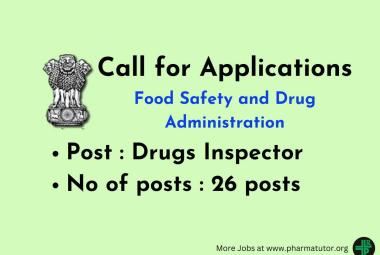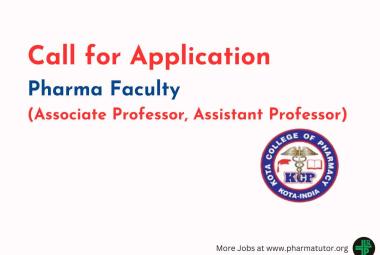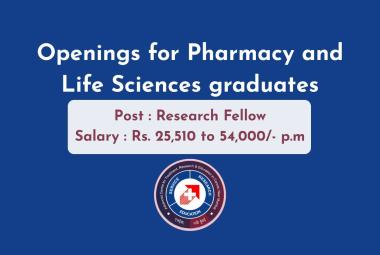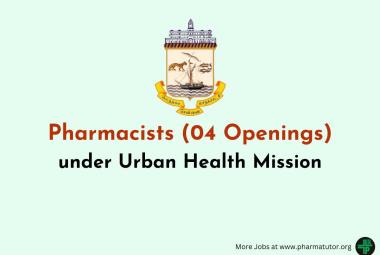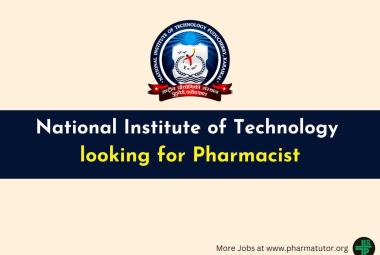About Authors:
Vemavarapu Satish kumar*, Shahin1 , Saarangi Ramesh2
*IPQC team member at GRANULES INDIA LIMITED, M.Pharmacy (pharmaceutics) Deevena college of pharmacy.
1Shadan women’s college of pharmacy. khairtabad, Hyderabad. A.P
2asst.prof.pharmaceutical chemistry, Prasad institute of pharmaceutical sciences. jangaon, warangal. A.P
*sattisha333@gmail.com
1 GEOGRAPHICAL SETTING
1.1 Ficus religiosa
Origin of the tree is not really known to anybody, but, there are also some interesting legends associated with the Peepal tree. The peepal is the first-known depicted tree in India. A seal discovered at MohenjDaro, one of the cities of the Indus Valley Civilisation (c. 3000 BC - 1700 BC), shows the peepal being worshipped. Excavations are suggestive of the fact that even in those times; the peepal tree was worshipped by Hindus.
Peepal is native from India to southeast Asia and it is found wild and cultivated upto 5000 feet. Ficus religiosa is cultivated in various tropical areas of the world. It is grown in southern California, Florida and Hawaii, Homestead and Miami in the United States.
Regardless of its origin, the tree needs lots of space, and the soil must be deep enough to let the roots grow down a long way. It is a large tree of about 20 m. heights with a well developed crown. It can grow in a wide variety of soils and it grows in a sub tropical climate with hot summers and frost during the monsoon season.



 About Author:
About Author: About Author:
About Author: 